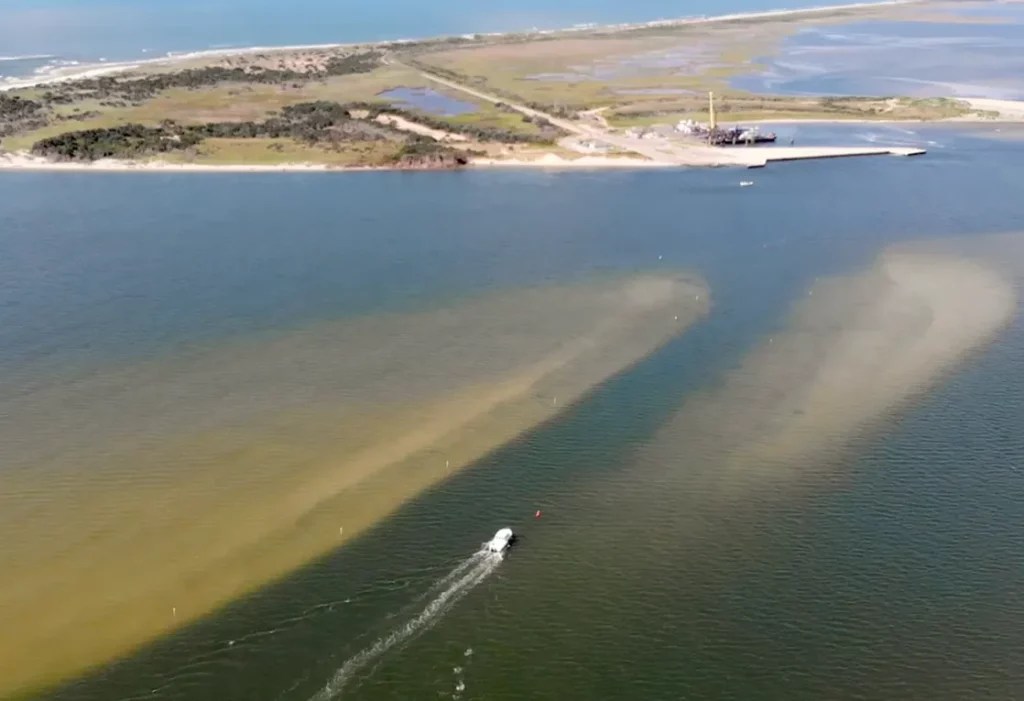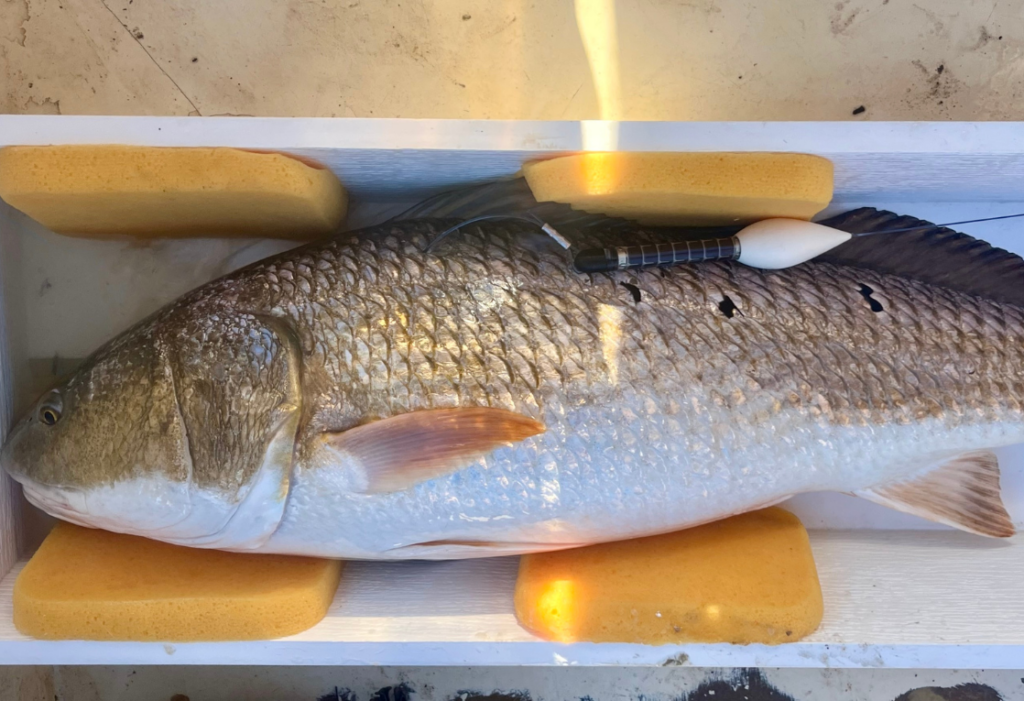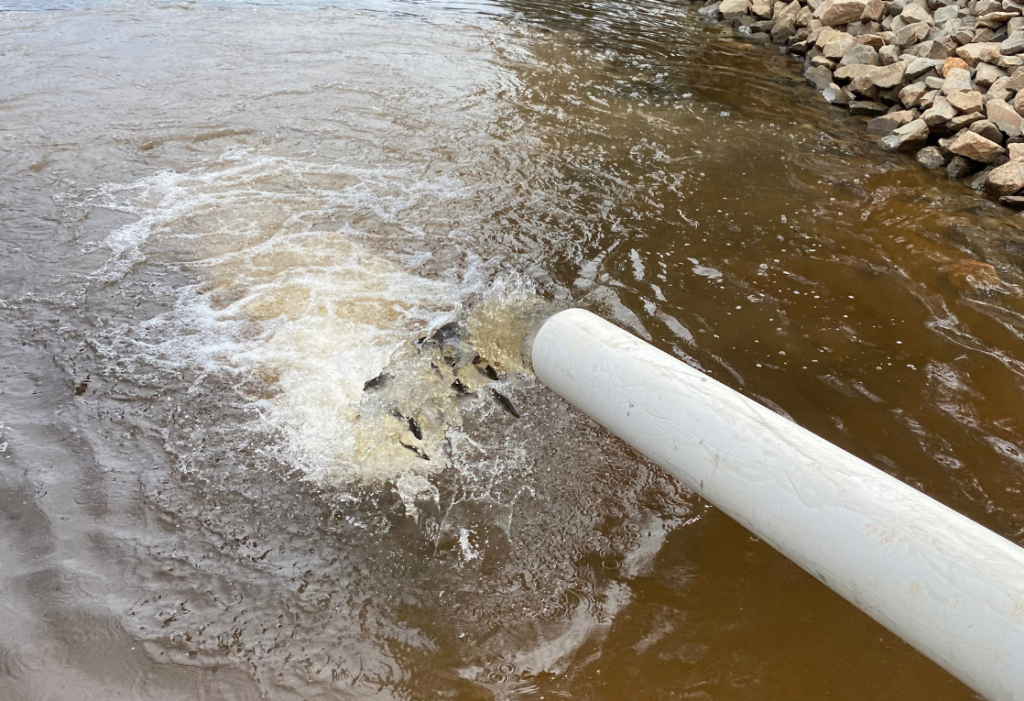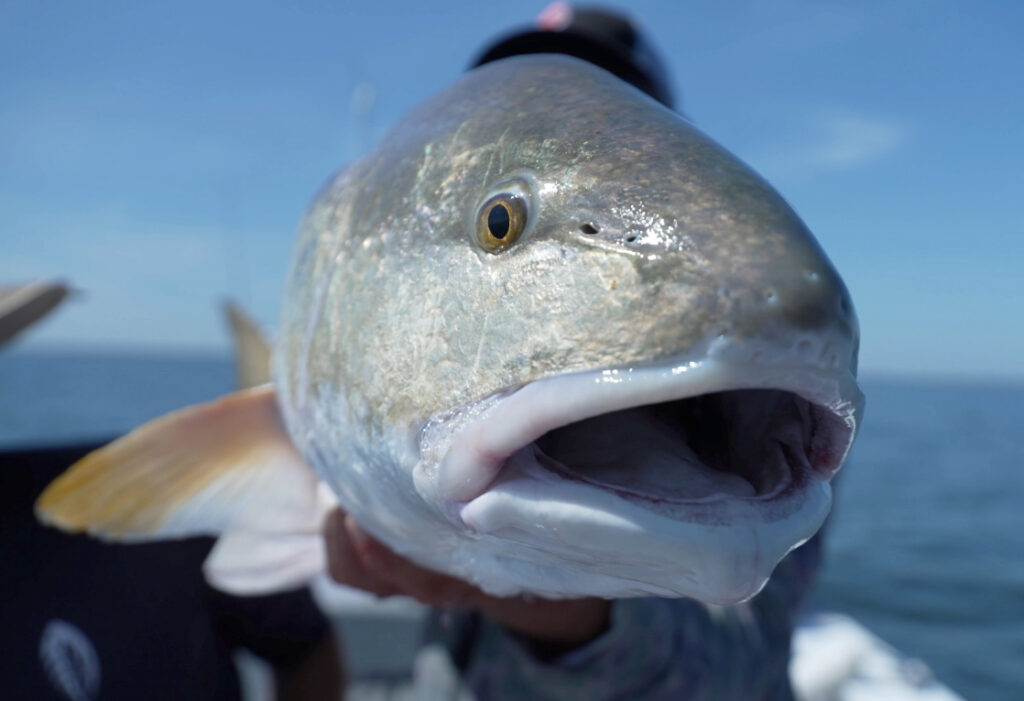As a gateway to one of the premier blue marlin fishing locations in the world, the Cape Hatteras Inlet provides significant value to the tourism and fishing industries of the North Carolina coastline. Unfortunately, it’s also been subjected to a number of challenges that are placing the local economy under immense pressure.
The current problem
An increasing number of hurricanes are impacting the area around Cape Hatteras, which has led to shoaling in certain parts of the inlet. Shoaling produces a buildup of sand through the channel, making it difficult and dangerous for boats to cross safely. This situation is hazardous for boat captains who are visiting and unfamiliar with local conditions.
This negatively affects tourists, local fishers, and the United States Coast Guard. More and more boats are running aground in the Cape Hatteras inlet, and the cost of rescue and repair is high. Consequently, fewer tourists are choosing to visit the area.
Visitors add a considerable amount of money to the local economy, renting houses, eating in local restaurants, purchasing fuel, and paying dockage fees. However, with the risks of running their boats aground in the inlet, many tourists are choosing to vacation elsewhere. Additionally, local fishing captains have noticed a sharp downturn in the number of visiting fishing vessels.
The solution
In order to preserve the biodiversity of the Cape Hatteras Inlet and the economy of the region, strategic restoration efforts are required immediately. Dredging the channel would effectively remove excess sand and allow for a clear and safe channel to be re-established. Unfortunately, The US Army Corps of Engineers (USACE) doesn’t have the authorization to carry out dredging within the channel leading to a stalemate in terms of progress.
The Dare County Board of Commissioners and the Dare County Waterways Commission are working to have the Hatteras Bar added to the Hatteras/Rollinson Channel Federal Authorization via the Water Resource Reform and Development Act (WRRDA) of 2014 Section 7001. This change in authorization would provide an opportunity for the USACE to complete the dredging projects that are so desperately needed.
Conclusion
Dredging is a routine coastal management practice in North Carolina. It is cost-effective, doesn’t require a huge time investment, and will make a significant difference to the safety of boat users within the channel.
The North Carolina Marine and Estuary Foundation supports efforts to clear the Cape Hatteras Inlet so that the local area’s coastal resources and economy can thrive at their full potential.




